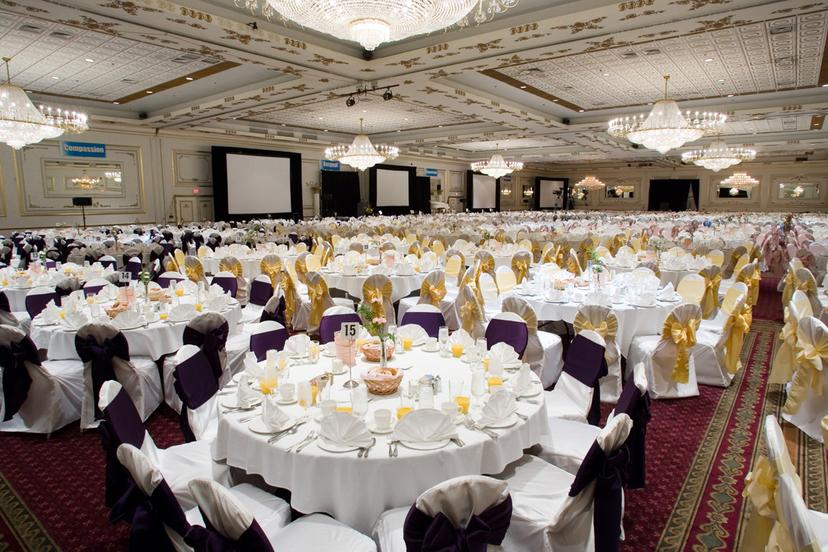Event Planning

Background
History tells of many events, especially the meetings of monarchs, that required great amounts of planning. Think of Cleopatra's first meeting with Marc Antony, in 41 B.C., on her famous perfumed barge with purple sails, silver oars, and a gilded cabin. Or consider the Field of the Cloth of Gold, the 1520 meeting between Henry VIII of England and Francis I of France, for which Henry had a temporary castle erected with canvas walls painted to look like brick and stone and with two fountains gushing red wine. The site of the meeting was even landscaped so that neither party would be encamped on a location higher than the other's.
Royal weddings have also been large events throughout history, from Alexander the Great's marriage to a Persian princess down to our era's William-and-Kate extravaganza.
Another kind of event with a long history is the civic festival, in which a whole city celebrates. In ancient times, these were primarily religious celebrations, and some still are, at least nominally—for example, Mardi Gras in New Orleans. However, secular groups have a long history of participation. In medieval England, craft guilds had key roles in organizing the celebration of the feast of Corpus Christi, staging plays and parading tableaux vivants through the streets, representing Bible stories that were linked to their occupations—the carpenters' guild, for example, showing Noah building his ark.
Different kinds of meetings and other events developed in response to the Industrial Revolution. The new economy, together with rising nationalism and democracy, encouraged nations to show off their industrial development to their citizenry, and mass travel was now affordable, thanks to railroads and steamships. An early event of this kind was the French Industrial Exposition of 1844. Britain's Great Exhibition of 1851 was more international in both its participants and its intended audience, setting the model for the many world's fairs that have followed. Trade shows focusing on single industries borrowed from this model, taking it to a smaller, more targeted scale.
Improved transportation made it possible for professional associations to move beyond local meetings of guilds or scholarly societies and to hold member conferences drawing on national and ultimately international participants. Political movements also were able to convene large meetings, such as the first World Anti-Slavery Convention, held in London in 1840 by the British and Foreign Anti-Slavery Society and drawing 50 American attendees. American political parties began convening to nominate presidential candidates, starting with the Anti-Masonic Party meeting of 1831, with the goal of finding consensus among regional factions by bringing party leaders together at a single location.
Industrialization also created a new class of millionaires, who imitated the grand style of royalty by throwing opulent wedding celebrations for their offspring. But this era also marked the shift of middle-class weddings from small affairs held in the home to more elaborate events held in churches. By the 1920s and 1930s, the events had become sufficiently complex that many brides were hiring professionals to organize the invitations, catering, photography, and other elements of the occasion.
Other kinds of meetings took longer to develop a need for professional planners. Monarchs and generals throughout history have used professional staff to organize meetings for treaties and truces, but these meetings were infrequent enough that managing them was not anyone's full-time occupation. Industrial expositions were also infrequent and therefore were organized by committees chaired by politicians and industrialists, who assigned their staff members and temporary employees to handle the details of creating and running the events.
Professional associations until recently have had to rely on the volunteer services of members and the members' support staff for planning meetings, and many still do. It is only in recent decades that event planning (other than exclusively for weddings) has emerged as an industry that can sustain significant numbers of workers.
